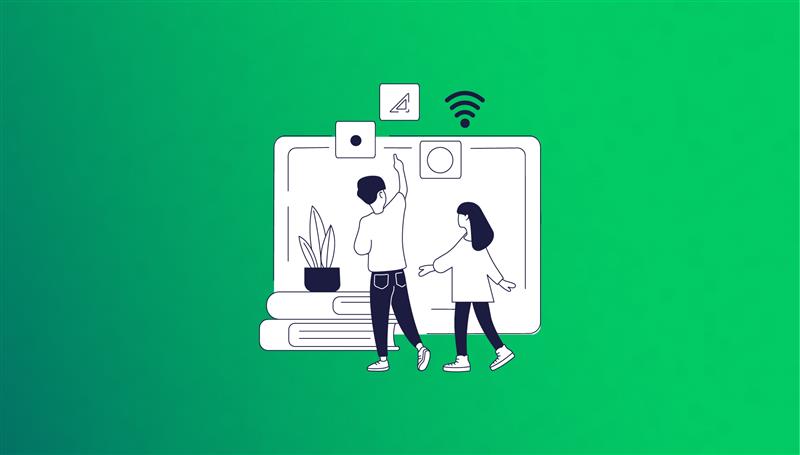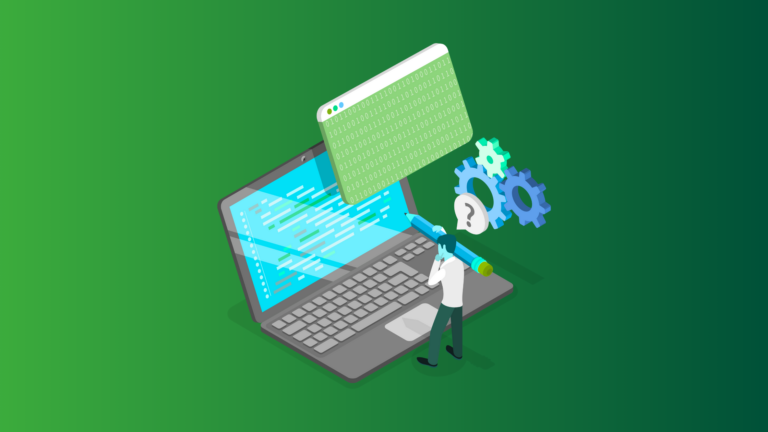How learning platforms have transformed—and how Acadle is shaping the future
Learning has never stood still. From the first teaching machines of the 1920s to today’s AI-powered LMS platforms, the way we deliver education and training has continuously evolved. As technology advanced, so did our ability to create more accessible, personalized, and engaging learning experiences.
Let’s take a quick tour of how LMS platforms have evolved and how Acadle fits into this transformation.
1. The Beginning: 1920s–1950s
Automated Learning Begins
The idea of using machines to deliver education started in the early 20th century.
- In the 1920s, psychologist Sidney L. Pressey developed the first “teaching machine” to test and reinforce student learning.
- By the 1950s, B.F. Skinner advanced the concept with a focus on positive reinforcement—laying the groundwork for personalized instruction.
These early innovations sparked the idea that learning could be automated and customized.
2. 1960s–70s: The Rise of Computer-Based Training
Digital Learning Enters the Scene
As computers became more available, so did new learning possibilities.
- The PLATO system, developed in the 1960s, was one of the first platforms to support computer-based training (CBT) with multimedia and student interaction.
- Universities and corporate environments began exploring digital learning methods on a wider scale.
This marked a shift from mechanical machines to interactive software.
3. 1980s–90s: The CD-ROM Era
Multimedia Learning Takes Off
The 1980s and 1990s brought the age of CD-ROMs and software-based learning.
- CD-ROMs enabled rich, multimedia experiences with videos, animations, and simulations.
- Interactive training programs became popular in schools and corporate training.
Learning was no longer bound to textbooks—it became visual, immersive, and self-paced.
4. 2000s: The Web-Based LMS Revolution
Online Learning Goes Mainstream
The internet changed everything.
- Web-based platforms like Moodle and Blackboard introduced scalable e-learning.
- Companies adopted LMS platforms to train employees more efficiently and at lower costs.
LMS became a standard tool for education and corporate learning, opening doors to global, on-demand training.
5. 2010s: Cloud-Based and Mobile Learning
Anytime, Anywhere Learning
The rise of cloud computing and smartphones changed how, when, and where learning happened.
- Cloud-based LMS platforms made it easy to access courses from any device.
- Mobile learning took off, supporting learning on-the-go.
- AI and analytics began playing a bigger role in personalizing content.
This is where Acadle enters. With a focus on scalability, flexibility, and engagement, Acadle empowers organizations to create impactful training experiences tailored to their teams.
6. Today and Beyond: AI, Gamification, and Microlearning
The Future is Here—with Acadle
Modern LMS platforms aren’t just about content—they’re about keeping learners engaged and driving outcomes.
- AI: Acadle uses data-driven insights to personalize learning paths and improve learner success.
- Gamification: Quizzes, badges, and leaderboards keep learners motivated.
- Microlearning: Bite-sized modules make it easy to learn quickly, retain more, and apply skills in real time.
Acadle is built for the future of learning—fast, flexible, and focused on results.
Conclusion
From mechanical machines to smart, cloud-based platforms, LMS technology has come a long way. As work and learning continue to evolve, Acadle is helping businesses keep up with the pace of change through modern, learner-first experiences.



